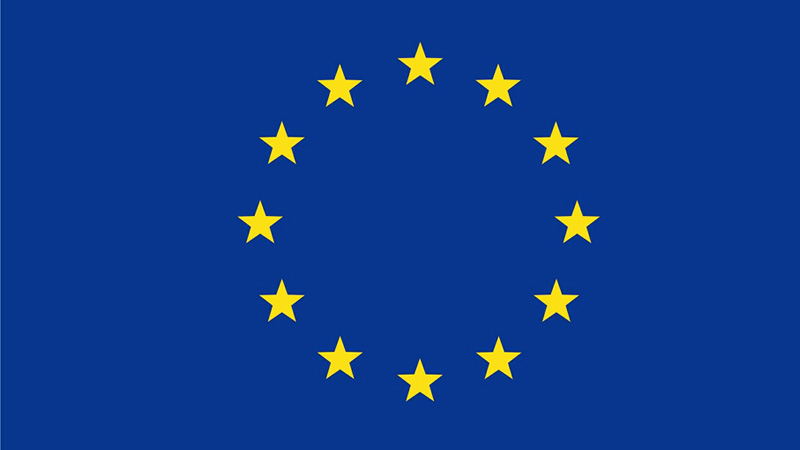The package includes a proposal for a new Packaging and Packaging Waste Regulation (PPWR). The text includes an overall 15% reduction target for packaging waste to be reached by EU Member States by 2040.
For the first time, it foresees reuse and refill targets for economic operators in different industries, including transport, e-commerce, restaurants, cafés, and bars. But ECOS believes these reuse targets, set for 2030 and 2040, are too low.
On the positive side, the Commission wants to ban the use of certain single-use packaging applications. This includes single-use cups and plates for food and beverages consumed on the premises of restaurants. A good move, but micro-companies with fewer than 10 employees will be exempted—this is unjustified.
The text also requires all packaging to be recyclable by 2030, including reusable packaging. This is a very positive step, but its real ambition will be determined when technical details are set.
Finally, new rules on Extended Producer Responsibility (EPR) will reduce the number of free-riders putting packaging on the market without contributing to paying for collection and recycling. E-commerce giants will have a responsibility to make sure that sellers on their platforms register with EPR schemes, so that they pay for the management of their packaging waste.
Mathias Falkenberg, Programme Manager, Environmental Coalition on Standards (ECOS):
National waste prevention plans have had limited success so far, and the volume of packaging waste keeps increasing. It is good that the Commission puts forward binding waste prevention and reuse targets, but it should have taken bolder steps towards reducing the amount of avoidable single-use packaging on the EU market, especially in restaurants. To realise the full potential of reuse, Member States will now have to take the helm and provide further incentives to boost reusable packaging – going beyond what the Commission is proposing. Will they though?
Carbon removals: a framework in the making, ‘key pieces of the puzzle still a mystery’
The European Commission adopted a proposal for a first EU-wide voluntary framework to reliably certify high-quality carbon removals. The Commission aims to boost innovative carbon removal technologies and sustainable carbon farming solutions.
The key technical pieces of the puzzle remain a mystery, however, as they will be developed in subsequent technical acts.
Samy Porteron, Programme Manager, Environmental Coalition on Standards (ECOS):
Companies should first and foremost reduce their emissions. Carbon removals must not be used to replace real action. Today’s proposal establishes a framework, but the key technical pieces of the puzzle are still a mystery. With robust safeguards, subsequent technical acts should make sure that carbon removals are not used as an excuse for companies to continue emitting as usual.
Green claims – ‘Commission mustn’t kick the can down the road any longer’
Contrary to what was announced, today’s package does not include an initiative to put green claims in check. It is not the first time this initiative has been delayed. It was originally planned for 2021. Although no official release date has been announced yet, journalists report it has been postponed to early 2023.
To our knowledge, the initial plan was for the initiative to require green claims made on products to follow the Product Environmental Footprint (PEF) calculation method. This would have the potential to end spurious carbon neutrality claims, among others.
Margaux Le Gallou, Programme Manager, Environmental Coalition on Standards (ECOS): “We can’t wait to see what this initiative will bring, as it could be a giant step against the Wild West of green claims. It is crucial that the initiative covers not only PEF-related claims but also those not covered by PEF, such as reusability or recyclability. Only this way can we make sure that all green claims are backed by clear, harmonised and robust calculation methods. It really is time to tackle greenwashing and the Commission mustn’t kick the can down the road any longer – we have waited enough.”
Bio-based, biodegradable, and compostable plastics, ‘not perfect’, but initiative ‘shows EU leadership’
As part of the package, the Commission has presented a communication on bio-based, biodegradable, and compostable plastics. It sets out guidelines about how, if at all, bio-based, biodegradable, and compostable plastics should be used.
This framework is a positive step as it gives the right signal to the market: bio-based, biodegradable, or compostable plastics are not necessarily superior to conventional plastics, especially since most of them are used in single-use applications today. Other regions should follow the EU’s steps and not fall for the substitution trap, ECOS experts urge. Bio-plastics must not simply replace traditional plastics in single-use applications.
The communication, which is not legally binding, notes the importance of respecting the waste hierarchy and that priority should be given to material use reduction and circularity. However, it does not set a clear path of regulatory action to ensure that the principles are followed.
Ioana Popescu, Head of Circular Economy, Environmental Coalition on Standards (ECOS):
“The Commission has stepped up and come forward with a clear stance on bio-based, biodegradable and compostable plastics: these plastics are not necessarily more sustainable than the conventional ones. The published guidelines are neither perfect nor mandatory, but we are glad to see that the EU has shown leadership in framing the “bioplastics” issue. The circular economy hierarchy is clear: first, products need to be long-lasting and reusable, and at the end of their very long lifetimes, recyclable. Whether bio-based, bio-degradable or compostable, single-use is not part of this picture.”










